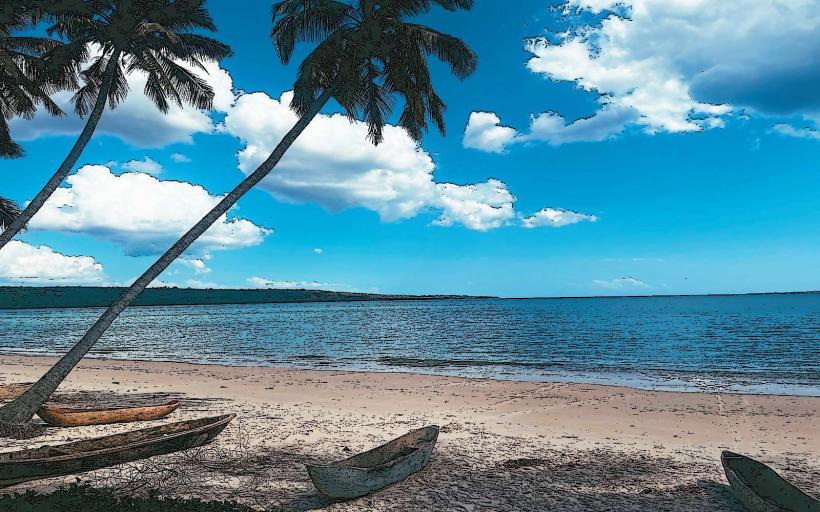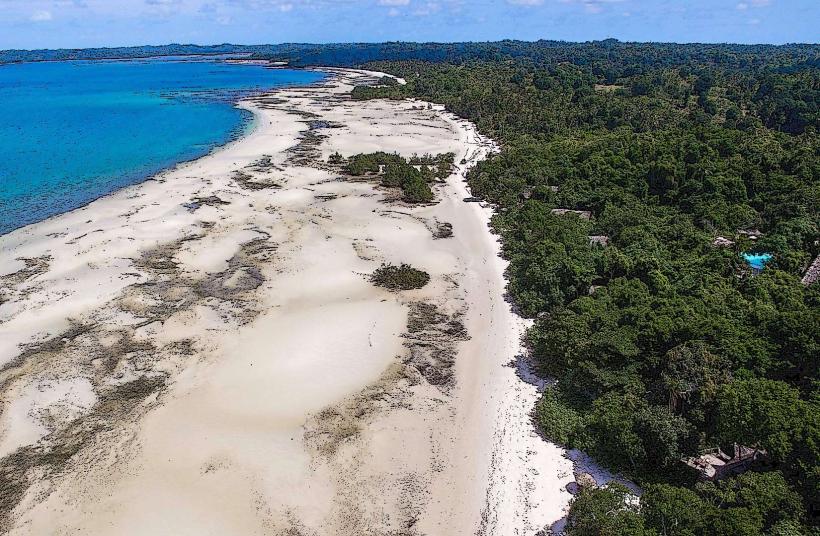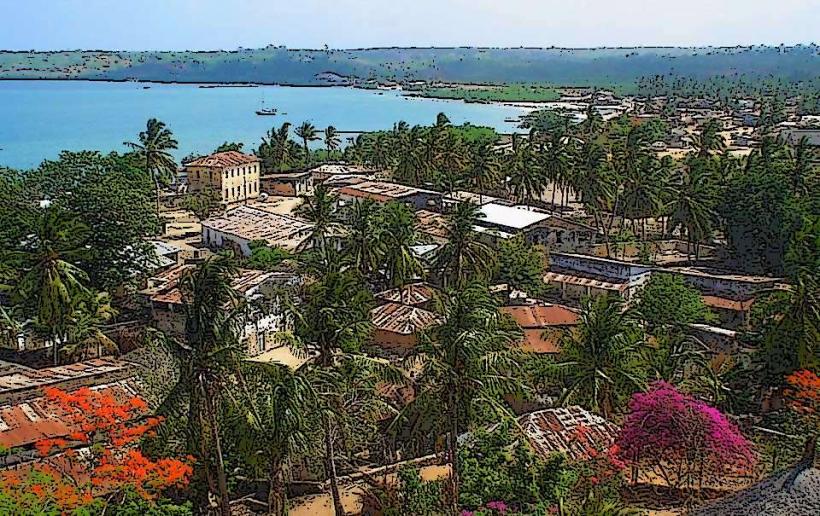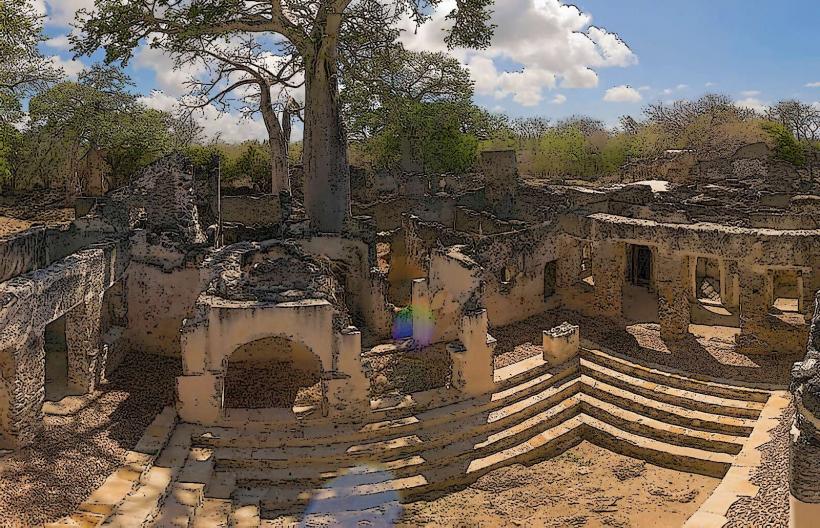Information
Landmark: Kilwa KisiwaniCity: Lindi
Country: Tanzania
Continent: Africa
Kilwa Kisiwani is an island located off the southern coast of Tanzania, within the Kilwa Archipelago, in the Lindi Region. The island is one of the most significant historical and archaeological sites in East Africa and is famous for its well-preserved ruins that date back to the 14th and 15th centuries. It was once a thriving Swahili city-state and a key center in the Indian Ocean trade network, known for its Islamic architecture and strategic location along ancient trade routes.
Historical Significance
- Kilwa Kisiwani was founded in the 9th century and became one of the most important urban centers in the Swahili Coast during the 14th and 15th centuries. The island was a bustling trading hub, known for its coral stone buildings, mosques, and palaces.
- The city-state was ruled by powerful sultans who controlled a vast network of trade between the Arabian Peninsula, Persia, India, and the East African coast. It was a key exporter of ivory, gold, spices, and slaves, while importing ceramics, beads, and textiles.
- Kilwa Kisiwani played a central role in the spread of Islam along the Swahili coast and in the development of Swahili culture — a blend of African, Arab, and Persian influences.
Key Features of Kilwa Kisiwani
Great Mosque of Kilwa:
- One of the most impressive and iconic landmarks of Kilwa Kisiwani is the Great Mosque, which was built in the 11th century. It is one of the oldest and largest mosques on the Swahili Coast, featuring a large prayer hall, a mihrab (prayer niche), and a minaret. The mosque reflects the early Islamic influence in the region.
Kilwa Ruins (Kilwa Sultanate):
- Kilwa Kisiwani is home to the remains of the Kilwa Sultanate, which ruled the island and the surrounding coastal areas for centuries. The ruins include the remains of the Sultan's Palace, residential buildings, and a series of tombs.
- The Sultan's Palace, which dates back to the 14th century, is particularly notable for its grand design and size, with well-preserved stone walls and arches.
Fort and Defensive Walls:
- The island also features remains of fortifications built to protect the city from invasion. The Kilwa Fort, built by the Portuguese in the 16th century, stands as a testament to the island's strategic importance during the era of European colonialism.
- The defensive walls surrounding the island and the fort offer stunning views of the surrounding coastline.
Tombs and Burial Sites:
- Several tombs and grave sites are scattered across Kilwa Kisiwani, some of which belong to important figures of the Sultanate. The tombs reflect a mix of Islamic and local Swahili burial practices, with decorative elements found on the gravestones.
Other Ruins and Structures:
- The ruins on Kilwa Kisiwani also include residential buildings, markets, and ceremonial halls, showcasing the once-thriving urban life. The island’s ruins also include the remains of stone houses, which were once homes to the elite of the city.
UNESCO World Heritage Site
- Kilwa Kisiwani, along with Songo Mnara (another important historical site in the area), is part of the Kilwa Archipelago UNESCO World Heritage Site. This recognition highlights the island's importance as a cultural and historical landmark, preserving its role in the history of the Swahili Coast and Indian Ocean trade.
Visiting Kilwa Kisiwani
Access: Kilwa Kisiwani is accessible by boat from Kilwa Masoko (the town on the mainland), which is about 250 kilometers south of Dar es Salaam. Visitors can arrange boat rides from Kilwa Masoko or hire a private boat to take them to the island.
Tourism: The site attracts tourists who are interested in history, archaeology, and cultural heritage. Visitors can explore the ancient ruins, admire the stunning architecture, and learn about the Swahili Coast's role in global trade. While accommodations on Kilwa Kisiwani are limited, Kilwa Masoko offers several guesthouses and hotels for visitors.
Guided Tours: There are often local guides available on the island, who can provide in-depth explanations of the site's history, the significance of its structures, and the way of life of the people who once lived there.
Best Time to Visit
- The best time to visit Kilwa Kisiwani is during the dry season (from May to October), as the weather is more favorable for boat trips and exploration. The wet season (from November to April) may make travel by boat more challenging due to rains and rough seas.
Nearby Attractions
Kilwa Masoko: The town on the mainland is the gateway to Kilwa Kisiwani and has additional attractions, including local markets, beaches, and historical sites. It also offers accommodation options for those visiting the island.
Songo Mnara: Another historical site located on the nearby island of Songo Mnara. This archaeological site features ruins of another Swahili trading town with well-preserved stone buildings, mosques, and a palace complex.
Kilwa Beaches: The area around Kilwa Masoko offers pristine beaches where visitors can relax and enjoy the beautiful coastline and the Indian Ocean.
Why Visit Kilwa Kisiwani?
- Historical Significance: Kilwa Kisiwani is one of the most important historical and archaeological sites in East Africa, with its ruins providing a glimpse into the prosperous trading civilization of the Swahili Coast.
- Islamic and Swahili Culture: The ruins showcase the Islamic influence in the region and the architectural blend of Swahili and Islamic styles that is characteristic of the Swahili Coast.
- UNESCO World Heritage: Being a UNESCO World Heritage site makes Kilwa Kisiwani a must-visit destination for anyone interested in African history and culture.
- Cultural Experience: Visitors can learn about the Swahili people's unique cultural practices and their connections to the broader Indian Ocean world.
- Scenic Beauty: The island’s beaches, coastal views, and natural environment offer a relaxing and picturesque setting for exploration.
Kilwa Kisiwani provides a fascinating look into a once-flourishing trading empire that played a crucial role in the exchange of goods and ideas between East Africa, the Arabian Peninsula, and beyond.





